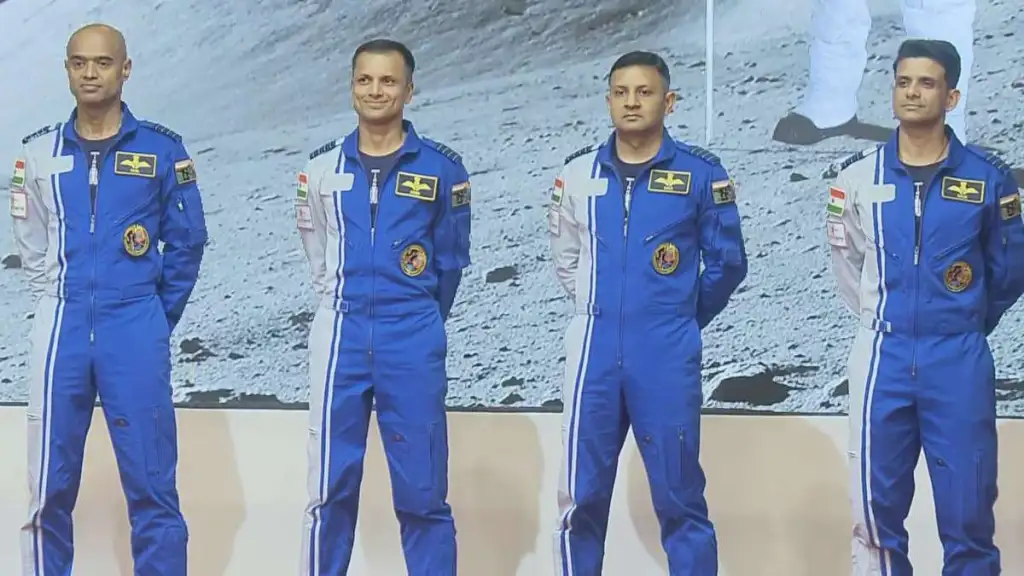THE JHARKHAND STORY DESK
Thiruvananthapuram, Feb 27: The four astronauts who will be a part of India’s first human space flight program, Gaganyaan, which is scheduled to fly in 2024–2025, were announced by Prime Minister Narendra Modi on Tuesday.
Four Indian Air Force pilots will make history as the first Indians to journey to space from Indian territory aboard a domestically developed spacecraft.
The quartet of astronauts comprises Group Captain Prashanth Balakrishnan, Group Captain Ajith Krishnan, Group Captain Angad Pratap and Wing Commander Shubhanshu Shukla.
At the Yuri Gagarin Cosmonaut Training Center in Russia, the four astronauts received their training.
The four astronauts received a standing ovation from Prime Minister Narendra Modi, who stated, “We are witnessing another historic journey at Vikram Sarabhai Space Centre. India meets its four Gaganyaan astronauts. These are not just four names, but forces that will take the aspirations of 140 crore Indians to space.”
At the VSSC, Prime Minister Modi met with Vyomitra, a humanoid that will launch on the Gaganyaan mission first before astronauts enter the crew capsule, and reviewed the program’s progress.
Also Read- Jharkhand: FM Rameshwar Oraon presents budget of Rs 1.28 lakh crore in state Assembly
PM inaugurates PSLV Integration Facility
The Prime Minister was in Thiruvananthapuram visiting the Vikram Sarabhai Space Centre. It was his first time visiting the ISRO headquarters.
The Prime Minister also formally inaugurated the PSLV Integration Facility, the Trisonic Wind Tunnel at the VSSC, the Semi-cryogenic Integrated Engine and Stage Test facility at Mahendragiri.
The goal of the PSLV integration facility is to raise the annual number of PSLV launches from six to fifteen. According to the PMO, it is also intended to support the launch of mini-PSLVs, small satellite launch vehicles, and other small launch vehicles created by private space firms.
Gaganyaan Mission
The Gaganyaan mission seeks to transport a crew of three astronauts to low Earth orbit, marking India as the fourth nation globally, following the United States, Russia, and China, to achieve independent human spaceflight capability.
Advanced technology is being employed in the development of the Gaganyaan spacecraft to accommodate astronauts, ensuring the mission’s safety and success. Life support systems, communication systems, and other necessities for sustaining human life in space will be installed on the spacecraft.
For the Gaganyaan expedition, astronauts were carefully chosen and received extensive training. To get ready for the rigors of space flight, the selected astronauts receive extensive training in subjects including space navigation, survival techniques, and simulated space missions.


